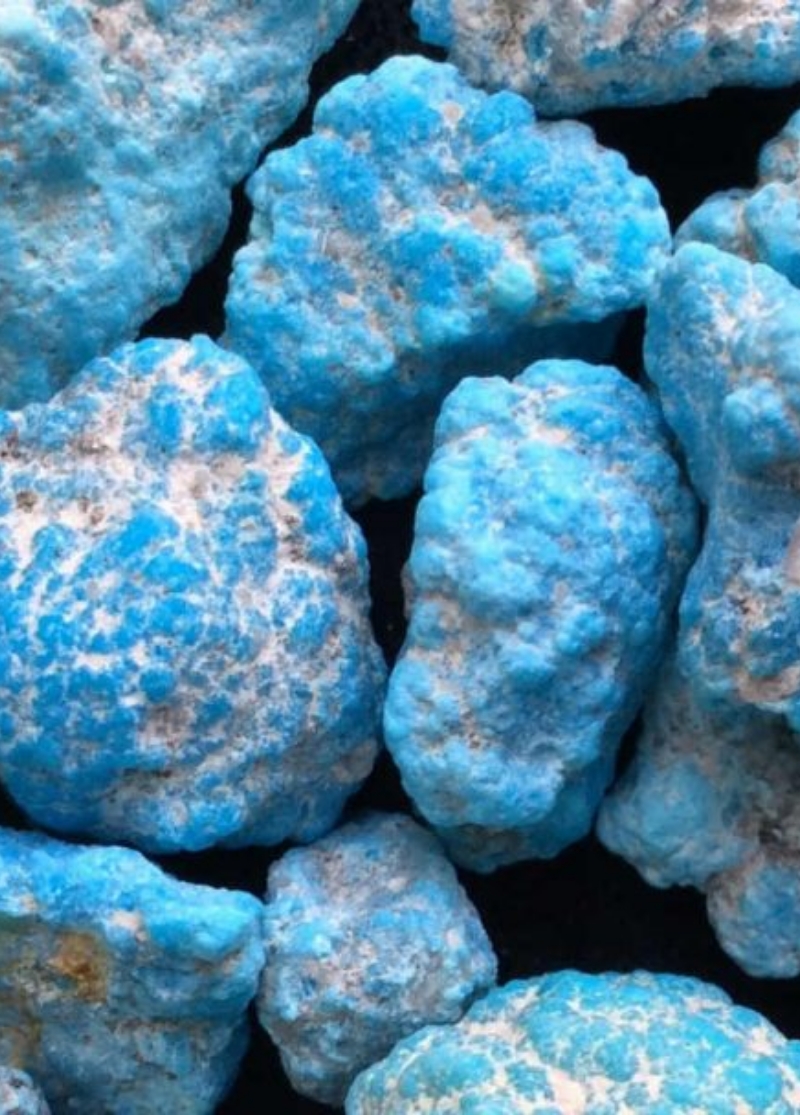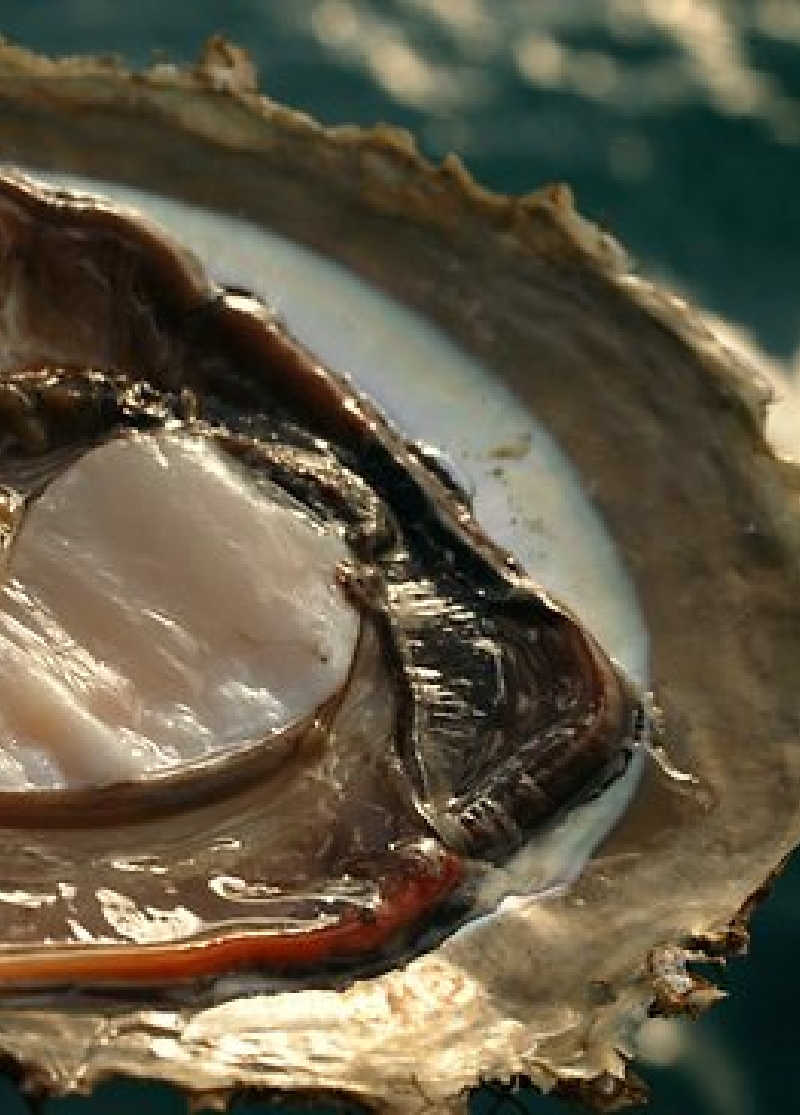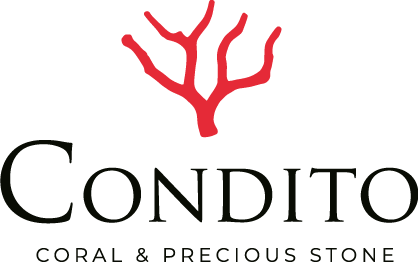Who we are


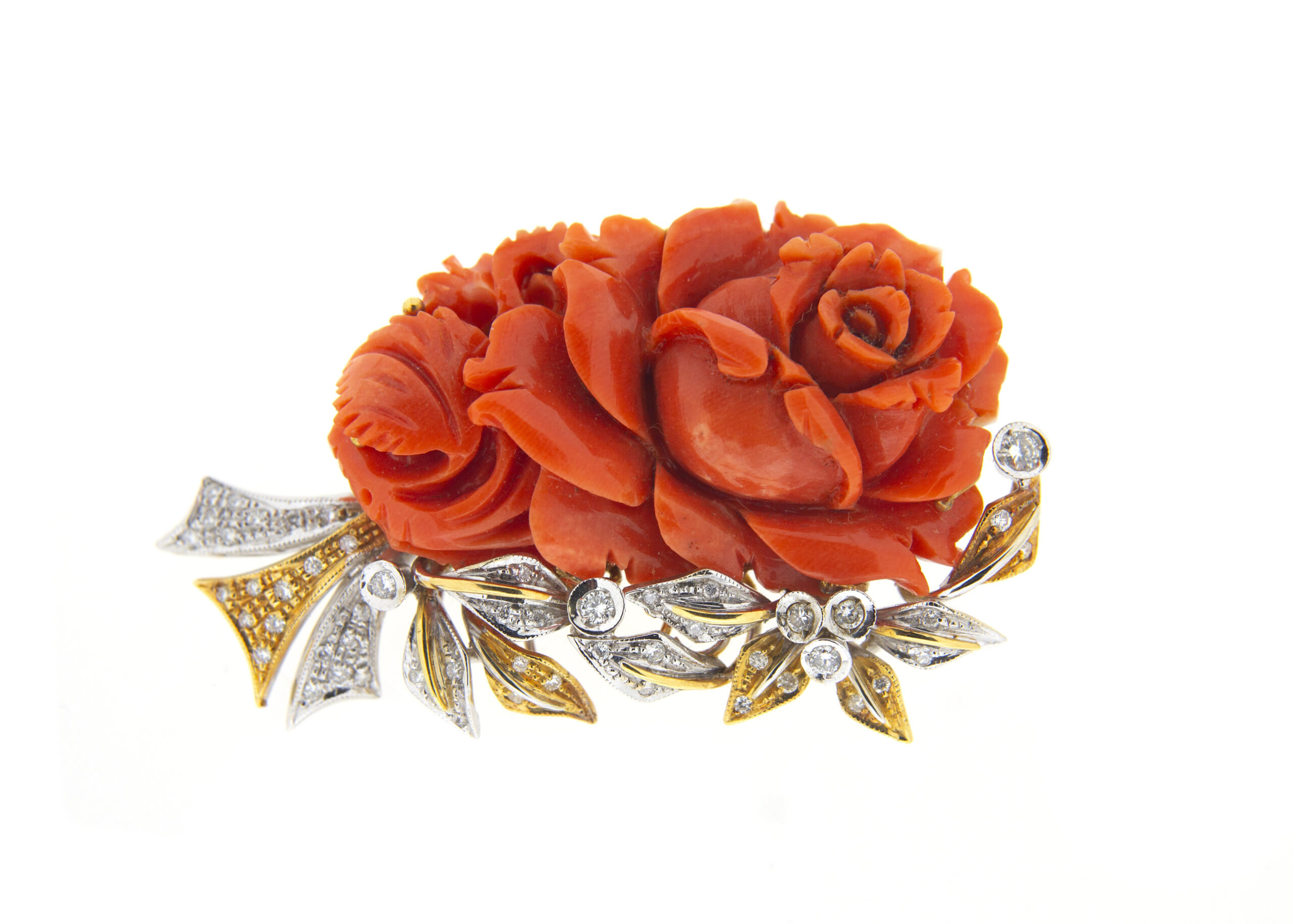
since 1965
Company history
Since 1965 , the year Condito Giovanni s.r.l. was founded, the passion for working with Coral and Cameo has been handed down in the family. The penetration into international markets and the continuous contact with operators from other continents, has allowed with the passing of the years a diversification of products that today includes pearls from the Far East along with turquoise and other semi-precious stones. The evolution of the business over the years has led Condito Giovanni s.r.l. to place “customer focus” at the center of its strategy. Therefore, a continuous search for pearls and precious stones on the production sites was developed in order to meet the demand with quality and competitiveness.
At the same time, a constant commitment was developed to continue and innovate the Torre del Greco tradition related to the processing of Coral and Cameo. The enhancement of coral, an expression of made in Italy, and the search for pearls and other exclusive valuables represent the route that Condito Giovanni s.r.l. follows to increase its brand on international markets.
Materials
Coral
The origin of coral has been shrouded in legend for centuries. Pliny the Elder in the “Naturalis historia” recognized coral as having a mythical origin; the blood that continued to drip from the severed head of the gorgon Medusa was transformed into coral. Its bright red color, marine origin, and ambiguous nature generated great attraction among the Mediterranean peoples who thus began to work it and use it as a precious ornament.
As early as the 1400s, Torre del Greco devoted itself to coral fishing, and Torre del Greco’s fishermen, strengthened by their centuries of experience, went as far as the African coast with their coral. In 1805, processing was added to coral fishing, thanks to Ferdinand IV of Bourbon, who granted a license to open the first coral production factory in Torre del Greco. Today coral worked in Torre del Greco, is exported all over the world especially to the Far East. There are different types with various shades of color ranging from red to white, although most of the coral we process is ” corallium rubrum,” the scientific name for red coral fished in the Mediterranean Sea The most valuable are the dark red Moorish, and the one with a pale, delicate pink color known as “angel skin”. The precious corals that we process do not come from coral reefs, these are the so-called ” reef corals” which are totally preserved and their fishing is completely prohibited. Our corals come from the Mediterranean Sea and are fished at depths greater than fifty meters, and their harvesting is regulated by a set of rules defined internationally by the GFCM-FAO (General Fisheries Commission for the Mediterranean) to ensure sustainability.
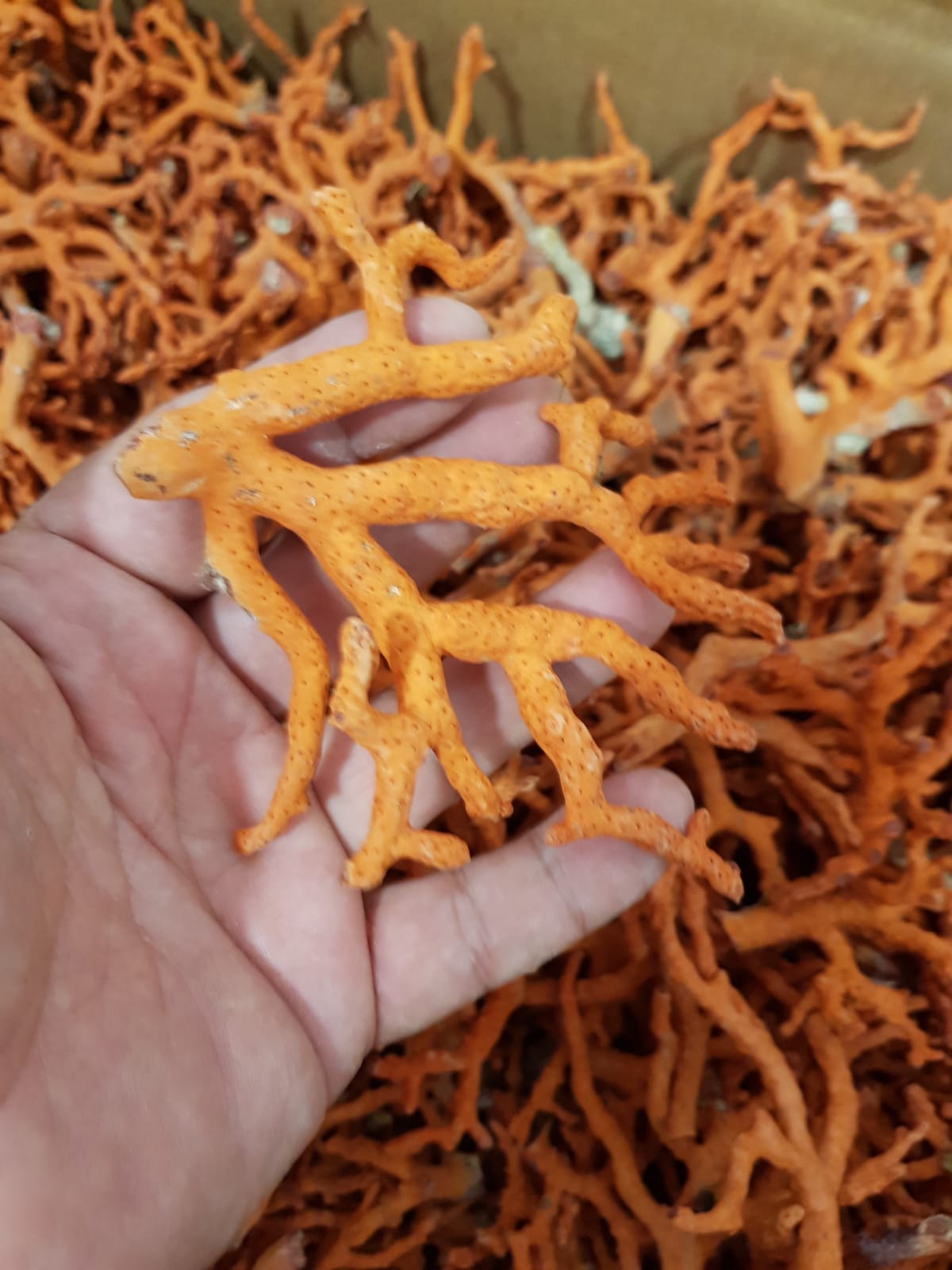

Cameo
Turquoise
